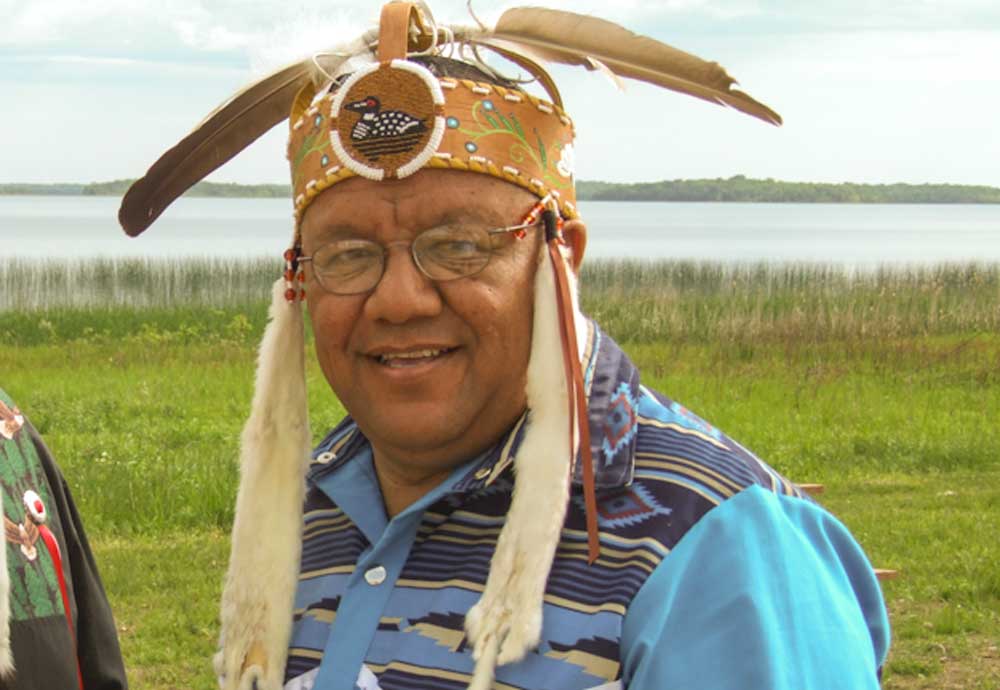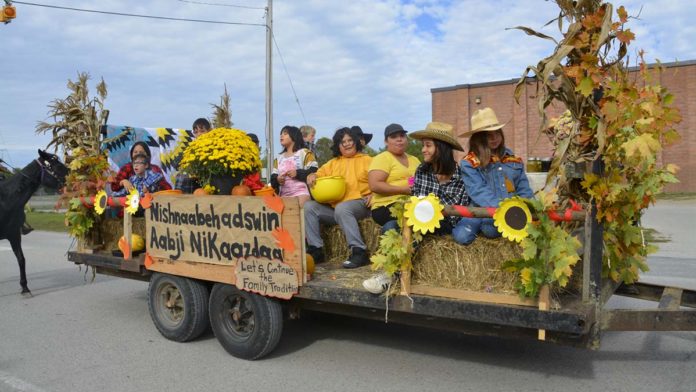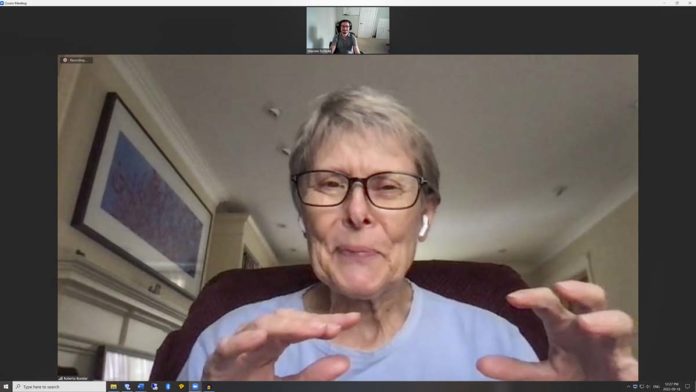M’CHIGEENG—Indigenous children continue to be overrepresented in the child welfare system, according to Statistics Canada’s latest release of 2021 census data. Ontario Regional Chief Glen Hare says it means that First Nations must continue to advocate for being able to take care of their own children.
The 2021 census data reveals that Indigenous children make up 53.8 percent of all children in foster care, which is a slight increase over the 2016 census, when Indigenous children accounted for 52.2 percent of children in care. More than three percent of Indigenous children living in private households in 2021 were in foster care, compared to less than one percent for non-Indigenous children.
“To me that says that we will be wearing our Every Child Matters shirts for quite awhile,” Ontario Regional Chief Hare told The Expositor. “We have a long way to go. I thought we were doing good and making progress to where we would be able to take care of our own children. We can’t blame it on COVID-19. It is a reality, and the government needs to hand that over to us. We have kids in our communities that go through school so that we can take care of our own kids.”
“I still think how much better that would be for our community,” added Ontario Regional Chief Hare.
The Liberal government implemented legislation in 2020 that sought to reduce the overrepresentation of Indigenous children and youth in foster care and to improve child and family services.
Statistics Canada also reported the number of people identifying as Indigenous in Canada grew almost twice as fast as the non-Indigenous population and now stands at 1.8 million. That’s about five percent of the Canadian population.
From 2016 to 2021, the number of people in Canada identifying as Indigenous grew by 9.4 percent. The non-Indigenous population grew by just 5.3 percent over the same period. That growth rate is high but is only half of the rate for the population that identified as Indigenous between 2011 and 2016, which was 18.9 percent.
The faster growth rate in 2021 was attributed to a higher birth rate and changes over time in how census questions are answered. Respondents in general have become more likely to identify as Indigenous over time, the census explained. “The reason people are more likely to identify as Indigenous may be related to social factors and external factors, such as changes to legislation or court rulings.”
Statistics Canada said that because of difficulties in collecting census data on First Nations and other Indigenous communities, some caution should be exercised in comparing census years.
The census report also revealed that the Indigenous population is younger than the non-Indigenous population. The average age of Indigenous people was 33.6 years in 2021, compared with 41.8 years for the non-Indigenous population and just over one-in-six Indigenous people were aged 55 to 64 years, while the same cohort made up 22 percent of the non-Indigenous population.
The Inuit are the youngest of the three Indigenous population groups, with an average age of 28.9 years. First Nations people reported and average of 32.5 years while in the Metis population, the average age was 35.9 years.
The census also found that 3.2 percent of Indigenous children in Canada were in foster care, compared to just over 0.2 percent of non-Indigenous children. Indigenous children accounted for more than half of all children in foster care, at 53.8 percent, despite representing only 7.7 percent of children 14 and under in Canada.
Despite the federal government’s efforts to reduce the overrepresentation of Indigenous children and youth in foster care, the number remains almost unchanged since 2016.
Of the 459,210 Indigenous children aged 14 and under, 14.2 percent lived with at least one grandparent, compared to just 8.9 percent of non-Indigenous children. More than one-third, or 35.8 percent, of Indigenous children lived in a single parent household, compared to 56 percent who lived in a two-parent household.
The 2021 census reports that almost one in six Indigenous people, or 16.4 percent, lived in a place that needed major repairs. Although the number has fallen slightly, a decline of 2.7 percent, since the 2016 census, it’s nearly three times higher than the 5.7 percent non-Indigenous Canadians living in housing that needs major work.
The decline in the number of Indigenous people living in housing in disrepair did not decline evenly across all Indigenous groups over the last five years.
In 2021, low-income data was collected for all geographic regions of the country, including northern areas and reserves for the first time. The data revealed that 18.8 percent of Indigenous people lived in a low-income household, compared with just 10.7 percent of non-Indigenous Canadians.
While this number is still high, it has dropped dramatically since the last census, dropping from 28.1 percent of Indigenous people living in a low-income household to 18.8 percent in the 2021 census.
While the numbers are declining overall, 24.6 percent of Indigenous children 14 years and younger lived in a low-income household in 2021. The comparable rate for non-Indigenous children was 11.1 percent.
The rate of decline was heavily influenced by the actions of the federal government. “The downward trend in low income has been observed across Canada and was largely driven by government transfers in response to the COVID-19 pandemic,” the census reported.





